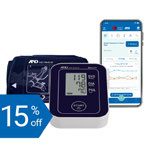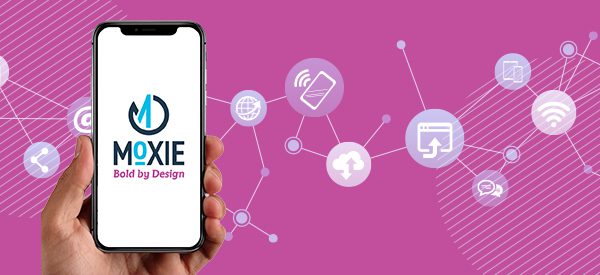Part 3 of 3: Use technology to enable sales
Gone are the days of, “Dear First Name Last Name.” In today’s world, people do not want a form letter. They want to feel like they are having a personalized experience with a brand, regardless if it’s the first time or the hundredth time you’re contacting them.
Sending the same email to everyone won’t yield the same high-quality results as segmenting your customers and sending custom emails or content to each segment. Treating each segment as a specific community helps to more efficiently design relevant content that will build trust, loyalty and eventually purchases from customers. It also helps marketing build better quality lead lists for the sales department. Nothing is more demoralizing for a salesperson than being excited to get a “hot” list, only to find out these people had no serious intentions. The trust between sales and marketing will break down and go back to being siloed.
Whether you’re using a customer relationship management (CRM) system to automate your marketing, outsourcing a lead-generation campaign, or developing an account-based marketing (ABM) program internally, today’s marketing technology options offer even more ways to enable sales.
Automation, targeting, personalization – all are easier than ever and expand sales opportunities. When marketing and sales work together to create valuable content and use tools like these to deliver it, they can gain leads and move people through the sales cycles.
Trust is key.
In the end, the key to effective sales enablement programs is trust. Your audience needs to trust that you’re delivering them valuable content, especially if they’re exchanging contact information for it. Your sales team needs to trust that you’re listening to their needs and their customers’ needs, and supplying the best tools to meet them.
When sales and marketing work together, the result is an improved employee experience and customer experience. Everyone wins.






